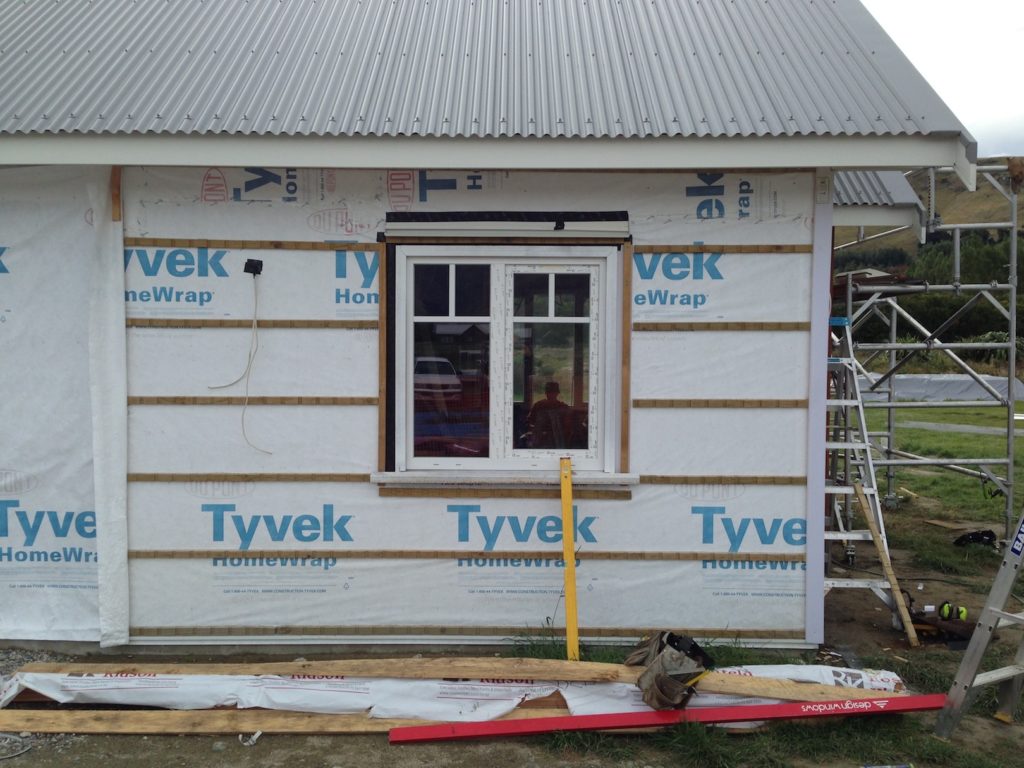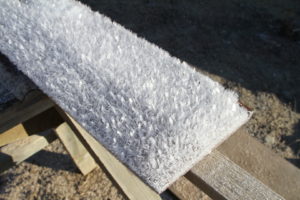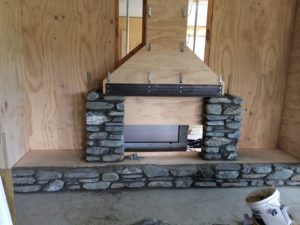How making informed decisions goes a long way if you want to build a sustainable home.
It sometimes feels like new products are coming into the building market every day, promising solutions that are dryer, faster, cheaper and just plain better. For many experts in the building industry – whether they are passive house designers or building scientists – trying to work out what products should be incorporated into a building a sustainable home, and which ones should not, is a challenge.
So, how are Mark and Sally Homeowner supposed to make a decision? Mark and Sally could simply assume the construction industry knows what it is doing and, in turn, trust that their build will turn out as it should. Alternatively, they could spend their nights reading, tracking down experts, reviewing case studies, engaging with sub-trades and industry experts, evaluating similar climactic conditions globally that may impact material performance, and overseeing the installation of all the products they want to use. Or, Mark and Sally could pick a good contractor and design professional to work alongside them in the development of their home.
Mark and Sally also need to know what questions to ask:
- How long has this material been in service?
- Where is it typically used?
- How is it used?
- Why have you selected it over other materials?
- Is there anything you recommend we don’t do? (For example – if you want a black weatherboard look on your home please don’t do it by staining cedar black. Instead use Linea with Resene Cool Colours paint as the LRV value will extend the life of the building material.)
- Is this material appropriate for what we want?
- Are there other options available and at what price point? (Often times materials are over-looked because a price point is being focused on. However, if you had the option, you may prefer to spend $1,800 more to increase the quality of your paint to give you a 10 year paint material warranty rather than a 5 year warranty.)
- Have you used this material before? If not, why not?
- You tell me the material/product is great, but how do you know? How many of its installations have you followed up?

The last question is important because there are a significant number of fallacies around material performance – many people assume a product is great because no one complained. Yet, if you think about the leaky building disaster, although there were a huge number of people complaining, it took the nation’s most significant building crisis ever to change just some of the bad practices / material choices / material uses (right material in the wrong location) in the industry.
Regardless of how involved you are in choosing materials, make sure you ask these questions to ensure you are confident about the decisions that are being made. Speak to DCD about building your sustainable home.



